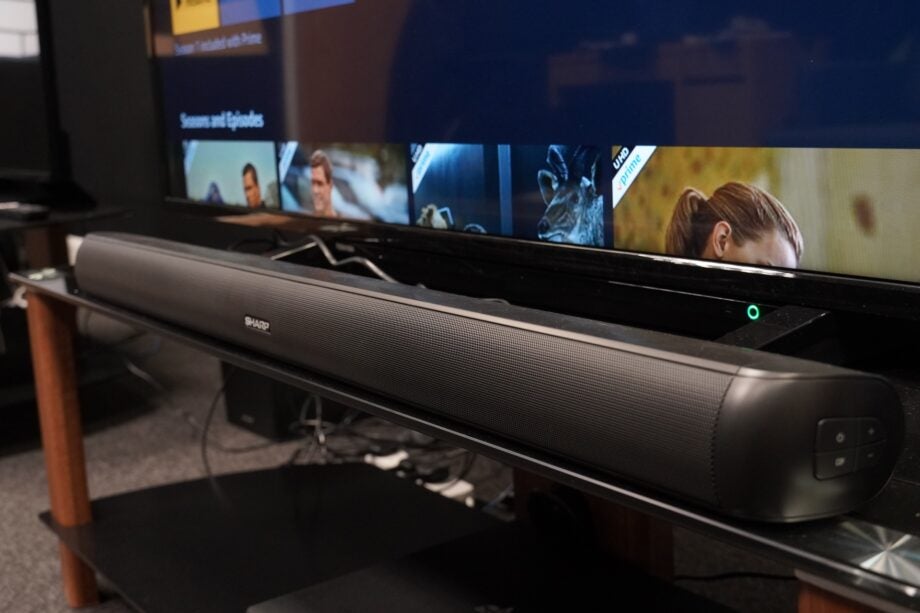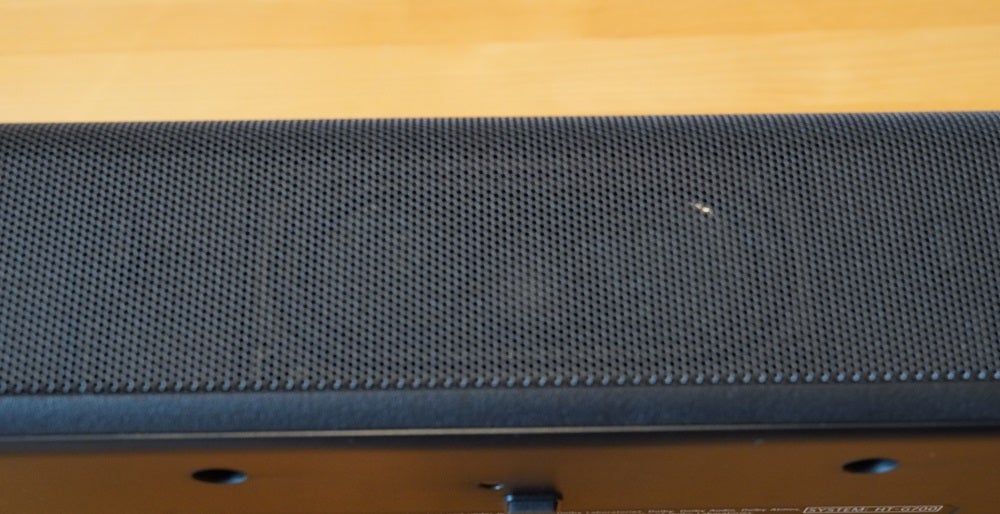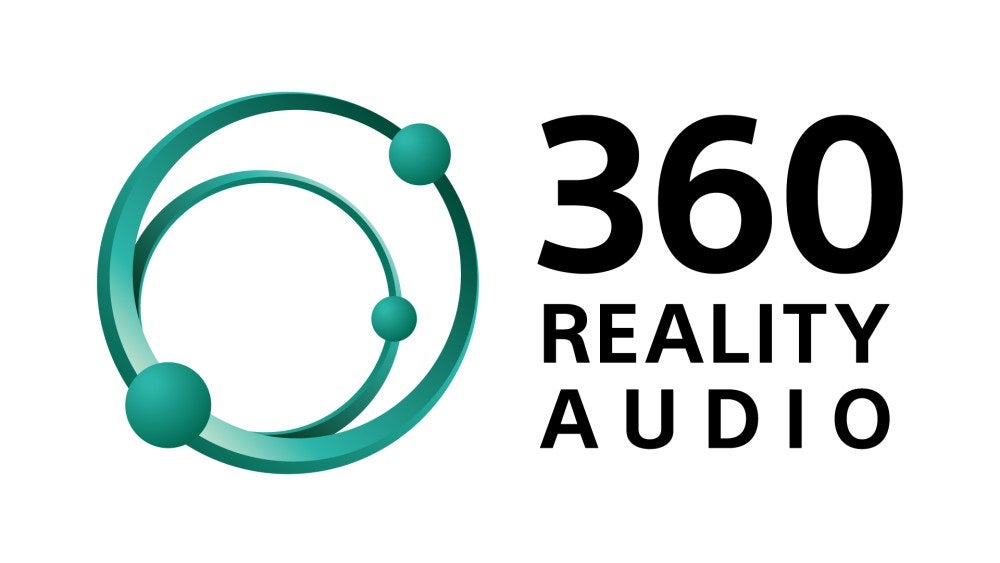2.1 vs 3.1 soundbar: What’s the difference?

In your search for a new soundbar, you may have come across terms such as 2.1 and 3.1 sound systems. What are they and in what ways do they differ?
The answer is an exceedingly simple one in terms of what the difference is, but the explanation of which one you should go for requires a little more depth. So what’s the difference between a 2.1 vs 3.1 soundbar?
What’s the difference between 2.1 vs 3.1 soundbar
The difference between a 2.1 and 3.1 soundbar is very simple – a 3.1 soundbar just has an extra channel of sound.
This extra channel relates to a centre channel, so while 2.1 soundbars have a left and a right channel, a 3.1 soundbar has speakers arranged in a LCR configuration, LCR standing for left, centre and right. The .1 relates to the bass channel or subwoofer.
To go into more detail, when you’re looking at a sound system, the first number that you see relates to the number of channels on a horizontal plane. These are the speakers firing audio at you. The .1 refers to the bass channels and if you come across a third number, that relates to object-based audio where sound is fired upwards to create a taller and bigger soundfield.
A 2.1 configuration is set-up in a stereo configuration, a 3.1 adds a centre channel into the mix (quite literally), and the centre channel is there to preserve and prioritise dialogue.

A 3.1 sound system is good for those who want dialogue to be more intelligible as with 2.1 soundbars you’ll find that dialogue is mixed in other effects in the midrange and treble frequencies. Therefore in scenes with lots of effects, say in an action film, you may find it hard to hear what’s being said unless you tweak the EQ options.
For 2.1 soundbars this is usually treble or bass EQ options, with treble boost helping to elevate dialogue. With 3.1 soundbars you often get the choice to “raise” the centre channel to boost dialogue above other effects in a soundtrack.
And example of a 2.1 soundbar we’ve tested recently is the Sharp HT-SBW202, while a 3.1 channel is Sony HT-G700 with its dedicated centre channel for dialogue. You’ll tend to find that 2.1 soundbars are more affordable than 3.1 systems.
So there you have it, the difference between a 2.1 soundbar and a 3.1 soundbar is the presence of extra channel in the form a centre speaker that focuses on dialogue. For those who find dialogue a little hard to hear with modern TV and film mixes, a 3.1 soundbar should assist in clearing soundtracks up.








